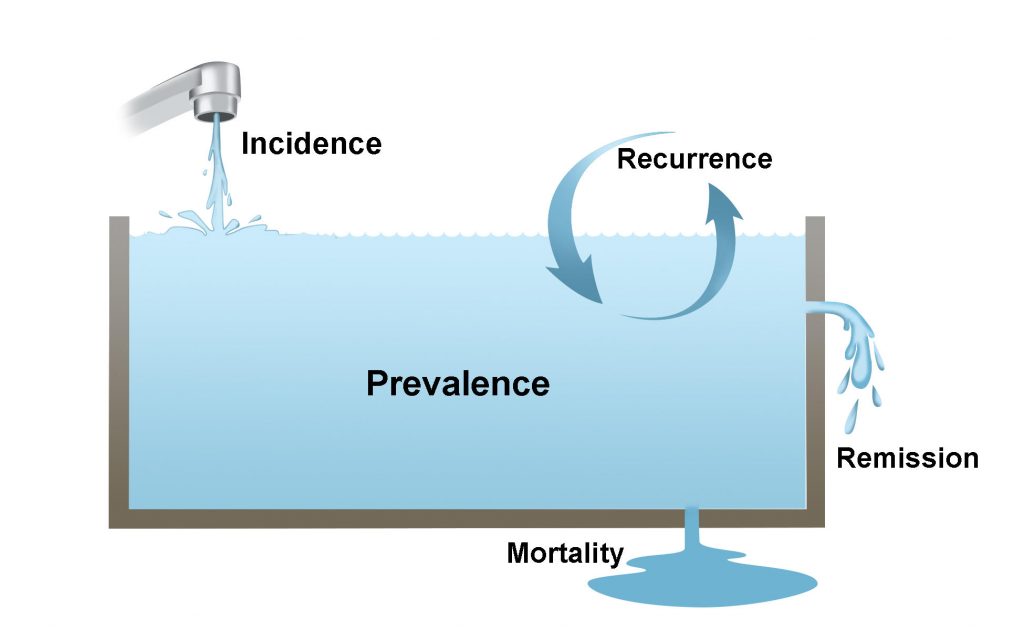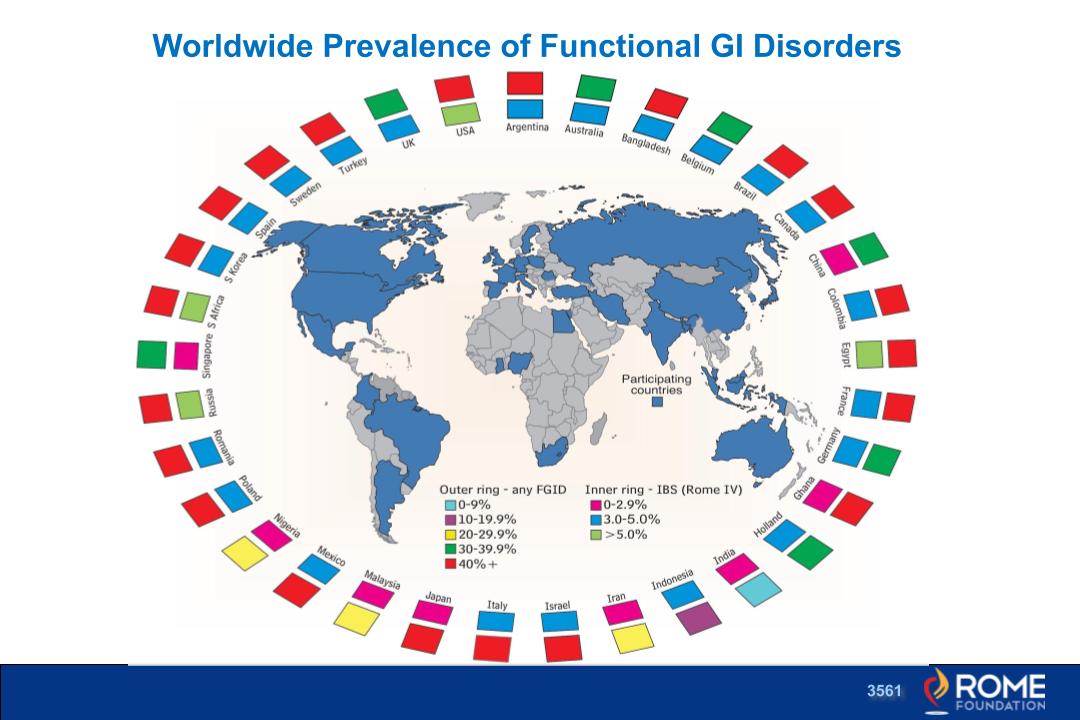What Can We Learn from Epidemiological Studies?
A blog series on the epidemiology of DGBIs
by Ami Sperber, MD, MSPH
Over the course of 2020 the term epidemiology has become a universally recognized concept for all the wrong reasons. With the global pandemic caused by COVID-19, we have become familiar with epidemics, pandemics, viral testing, epidemiological investigations, vaccination, among other things. Although it has gotten a lot of media attention in this context epidemiology, as a branch of public health, has been around for a long time and has contributed significantly to our understanding of the causes, distribution, and importance of many diseases and disorders.
What is Epidemiology?
At first, epidemiology focused on infectious diseases. Today, while it continues to focus on these diseases, such as COVID-19, it also has had a profound effect on our understanding of chronic, non-infectious diseases such as cancer, heart disease, hypertension, diabetes, and other threats to health such as smoking, poisoning, and accidents and through that how we can prevent and/or treat them.
How is the Prevalence of Chronic Disorders Calculated?
Among the chronic disorders about which epidemiology can teach us a lot are the disorders of gut-brain interaction (DGBIs). Comprising over 20 disorders dispersed along the course of the digestive tract from oral cavity and esophagus through the stomach and intestines and down to the anorectum. One major area of interest is the prevalence of these disorders, or the percentage of the population that suffers from them at any given time. The figure below depicts the factors that go into the determination of a prevalence rate. ‘Incidence’ is the number of new cases entering the “prevalence tub’ over the course of a year, ‘recurrence’ is the number of people whose symptoms resolved and then reappeared, thus leaving and then rejoining the pool, ‘mortality’ is the number of people who left the pool due to death, and ‘prevalence’ is the result of these “comings and goings.”

What Can Prevalence Teach Us?
What can we gain from knowing the prevalence of a chronic illness? Plenty!!
- Assess and understand the burden of disease:
- Medical, social, and economic
- Enable comparisons across:
- Societies and cultures
- Ethnic and other popular subgroups
- Generate hypotheses for pathophysiological research (what causes the disease?)
- Provide incentives for developing new treatments
- Allocate healthcare resources
- Allocate funding for research
- Satisfy scientific and intellectual curiosity
The Rome Foundation recently completed a global study of the prevalence and burden of all the DGBI in a survey that encompassed over 76,000 individuals in 33 countries in 6 continents. It was the first of its kind and is yielding a plethora of scientific research possibilities.
In this series of blogs, we will highlight some of the main results of this study and their significance.
To read the full text, click here.
Related Links:

